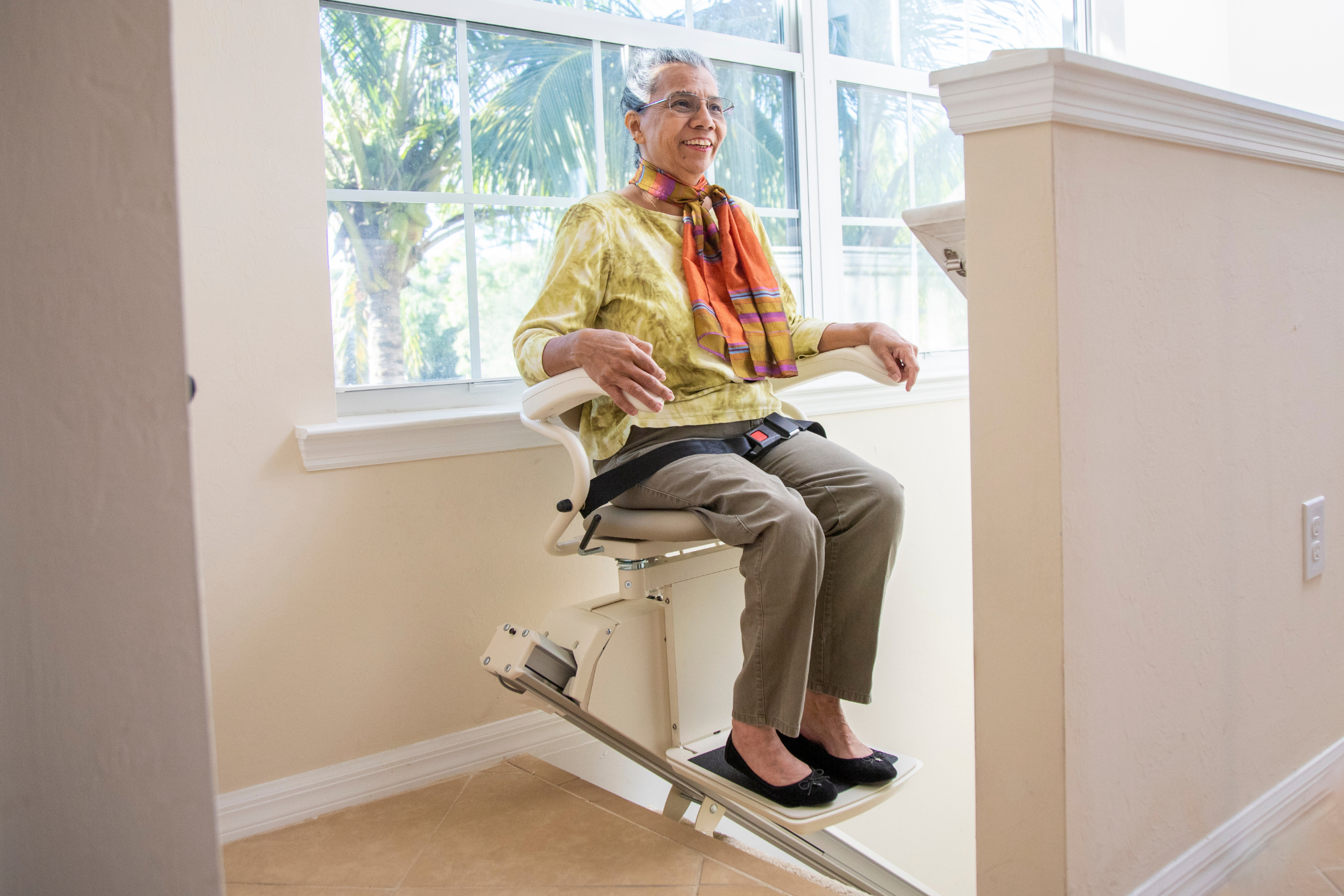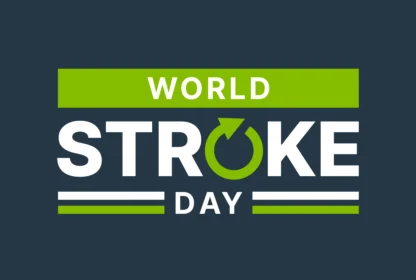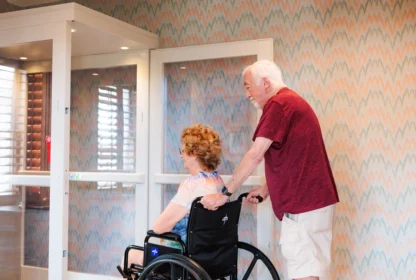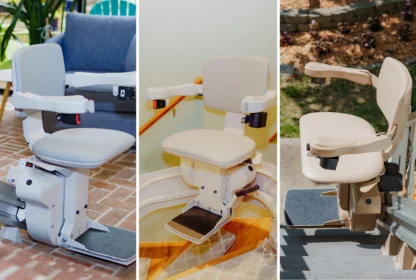
We’re thrilled that Gordon Raney, a Certified Aging in Place Specialist and the co-owner/operator (along with his wife, Jennifer Raney) of 101 Mobility franchises in Tulsa and Dallas, has shared his expertise about choosing the best stairlift in a three-part series here on the blog.
In part one (read it here), Raney talked about the cost of a stairlift, how it would attach to your staircase, and other fundamental basics. In part two (read it here), Raney covered the difference between curved and straight stairlifts, and what power options are available.
This last post in the series is focused on lift modification options and how to measure for stairlifts.
Can you modify a stairlift if needed?
Raney: If there is a special issue or circumstance regarding stairlift use, an individual should not hesitate to contact a reputable dealer. Manufacturers of some lifts are willing to modify the units in order to meet the needs of their customers, and it’s possible that they’ve developed a solution through their years of experience. At 101 Mobility, we are currently working with one manufacturer to retrofit a larger seat and footrest combination onto an older lift in a customer’s home.
Items such as the stairlift controls and different seating and restraint devices can be often modified to suit a customer’s needs.
How do you measure for a stairlift?
Raney: Measuring for a stairlift is something that should be done by a professional who has experience in performing installations. I would be wary of groups that offer discounts for taking the measurements yourself, as doing so can lead to disastrous situations. A knowledgeable dealer can also help determine the best location and which side of the staircase may work better for an individual’s home.
Measurements that are generally needed are as follows:
-
The total length of the staircase, also factoring in the appropriate amount of rail overhang at the top of stairs in order to ensure proper seat height.
-
Net tread and rise of the stairs. Several measurements are needed, as not all stairs within a staircase are the same. These measurements will determine the angle of the stairlift rails and also help determine the appropriate amount of additional rail overhang needed to add to the total rail length.
-
The width of the staircase should be considered. In staircases narrower than 32” it becomes difficult to install standard units. Depending on which unit is needed or selected, a wider staircase may be required to allow for proper rail placement and seat clearances.
NOTE: For curved stairlift applications, many manufacturers have developed camera systems that will allow the dealer to perform exact measurements on challenging (i.e. spiral) staircases. This will ensure the best fit and that the stairlift is optimally placed within the staircase.
Browse our selection of stairlifts here.


